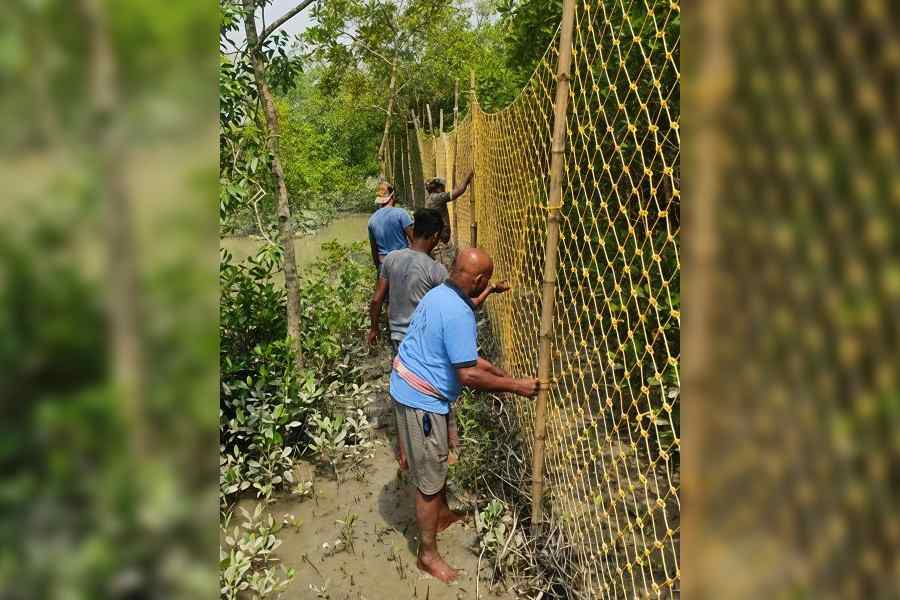Pancreatic cancer kills three in four people within the first year. But new research is offering hope to people in years to come.
As few as one in ten people survive pancreatic cancer five years after their diagnosis — making it the most difficult cancer to survive.
The survival rate five years after diagnosis is 6-14%, but there have been some promising advances to improve diagnosis and treatment.
The biggest barriers to fighting pancreatic cancer are detecting tumors early and finding ways to remove them. Treatment is especially challenging — once the tumor is identified, it's usually too late to save someone.
"It's a very poor prognosis, the vast majority of patients will die, more than 75% of them will die within a year," Stephen Maher, an oncologist at Trinity College Dublin, Ireland, told DW.
But scientists are making small but important advances in diagnosing and treating pancreatic cancer, offering hope to half a million people globally who are battling the disease.
A better test for pancreatic cancer?
Improving early detection is one of several holy grails in pancreatic cancer research. Many believe biomarkers — biological materials in the body that signify a particular disease — could be the answer.
This month, Maher and his collaborators published a study in the journal Scientific Reports where they analyzed patients' blood samples for signs of cancerous biomarkers that have entered the blood from potential precancerous cysts.
Globally, 13-18% of people have a pancreatic cyst — a blister on the surface of the pancreas that is filled with a mix of biological material and fluid. Not all cysts are the same, and some are more likely to become cancerous than others.
"The process for determining this risk involves very invasive procedures," Maher said.
This includes imaging, but also endoscopy using a needle to puncture and remove sample fluid from the cyst.
Because cystic fluid can leak into the bloodstream, Maher's team has studied expansive pancreatic cancer datasets to identify 10 different protein and microRNA biomarkers. Together, these would indicate whether a pancreatic cyst could become cancerous or not. .
"We're also trying to identify molecules within the cyst fluids that could be therapeutically targetable [to treat the pancreatic cancer]," said Maher.
Predicting pancreatic cancer early saves lives
At the same time, a team from Oregon Health & Science University (OHSU), US, has developed a test it says could predict early-stage pancreatic cancer. The test is 85% accurate when used alongside existing clinical tests.
It targets a single activated protein known to "prime" the body for cancer growth.
"We have optimized our assay to target [this] one specific protein," Jose Luis Montoya Mira, a cancer researcher at OHSU who was involved in the research said.
Study lead author Jared Fischer said being able to identify early warning signs for pancreatic cancer could be the difference between life and death.
But better diagnostic testing is only part of the equation, said Fischer.
"We also need better imaging to know exactly where the tumor is. [And] you need better therapeutics to then treat the tumor," Fischer said.
Otherwise, he said, incomplete treatment can cause pancreatic tumors to come back worse than they were before.
New treatment options needed
There are several forms of treatment for pancreatic cancer. For localized cancer that hasn't spread beyond the pancreas, surgeons may extract the tumor if there's a good chance of extracting the entire growth.
Chemo and radiotherapy might also be deployed either before or after surgery, or in cases where the cancer has metastasized beyond the pancreas.
The reason why pancreatic cancers are so difficult to treat is because of ‘stroma'. Stroma are microenvironments full of tissue and biological structures that shield the cancerous growth. This hard structure makes it difficult for treatments to reach and reduce the tumor.
To create new treatments that get past the stroma defense line, scientists are working to understand how pancreatic tumors behave and interact with the body.
A team at the German Cancer Research Center (DKFZ) in Heidelberg recently found pancreatic tumors invade and "reprogram" nearby nerve cells to create a friendly environment for tumors to grow.
The changed state of these nerves remains in place even after surgical removal, leaving behind an environment in which tumors can return.
"They reprogram [nerves] in a way so that the neurons produce factors which actually mediate and enhance and progress tumorigenesis," Andreas Trumpp, a cancer biologist at DKFZ, told DW.
Using mouse models, Trumpp's team cut the link with these neurons either through surgery or targeted drugs like nab-paclitaxel. Together, these actions stopped tumor growth.
"Nab-paclitaxel already has some effect on the neurons and probably that's the anti-cancer effect," Trumpp said.
A long way to go
While scientists are making progress understand how better to detect and treat pancreatic cancer, the challenge is translating these findings for humans.
It could still be years before they appear in human medicine.
"We're going to push as hard as we can, we are not there yet, it's going to take years," Fischer said of his test. "People are excited about it and that's great, we love it, but they also need to understand that it's going to take time."
These three groups are each planning early clinical trials, taking their medicine from identifying biomarkers in blood samples or cancer behavior in mice into a rigorous test with real people.
Maher hopes that scientific collaboration can lead to quicker progress for patients.











